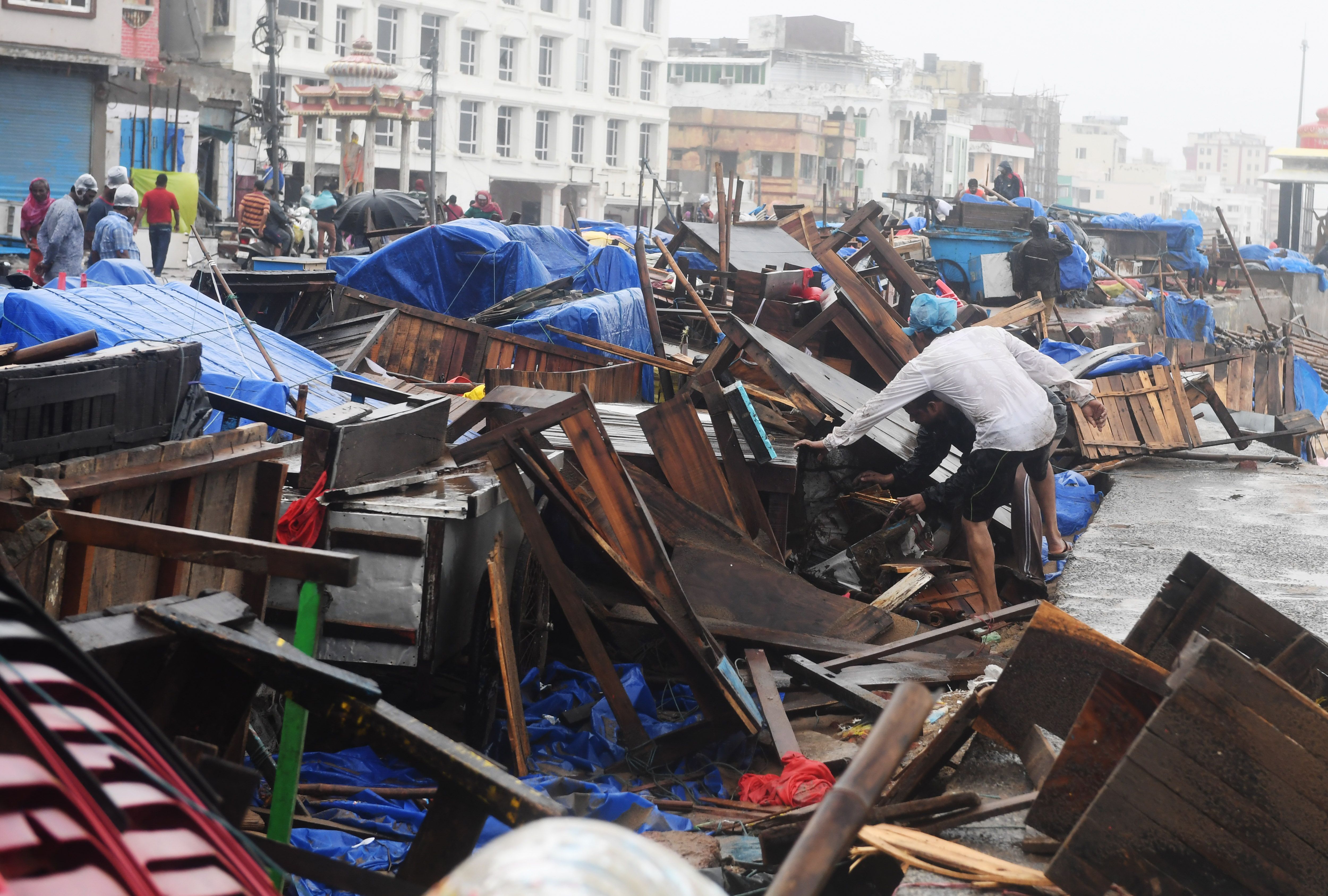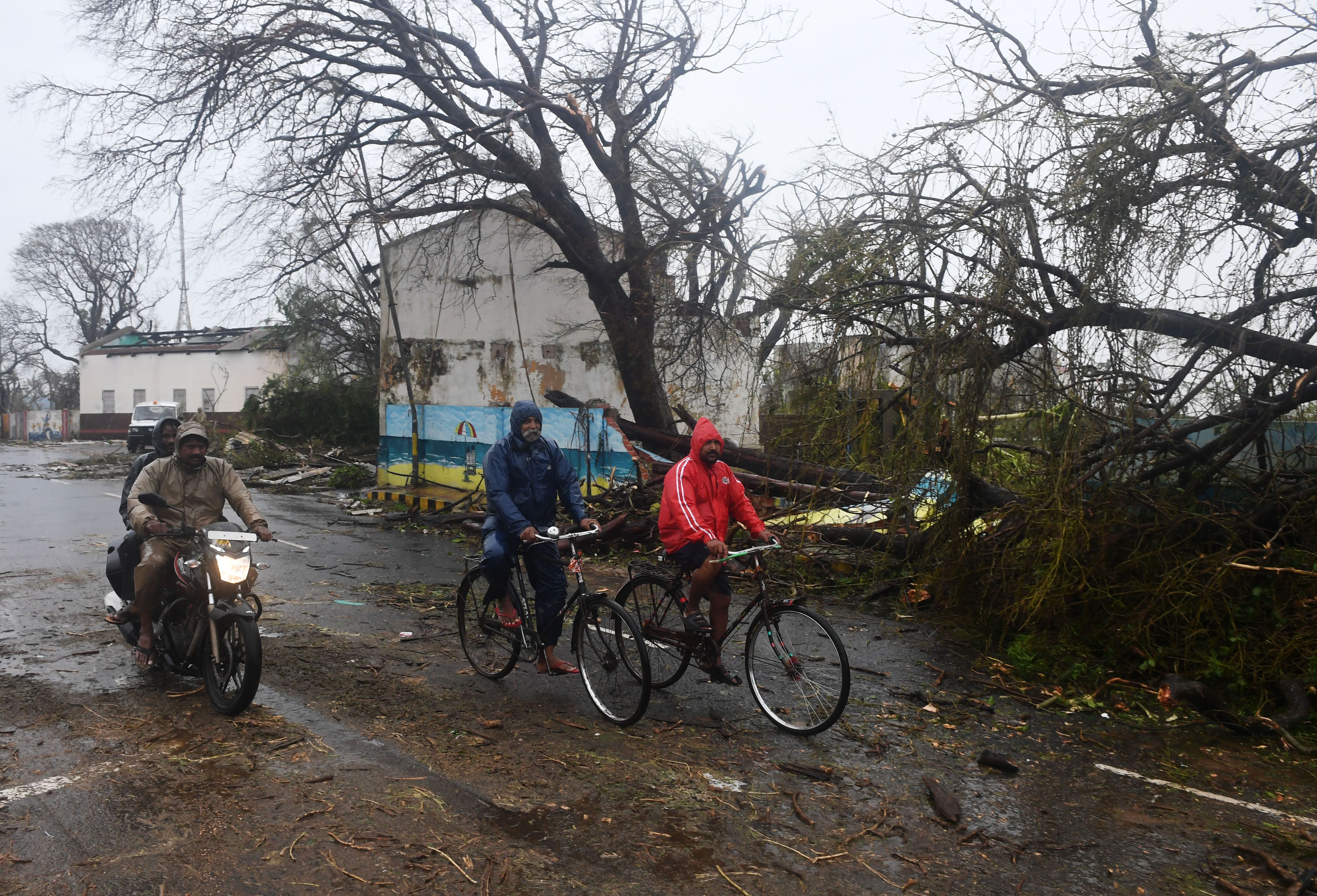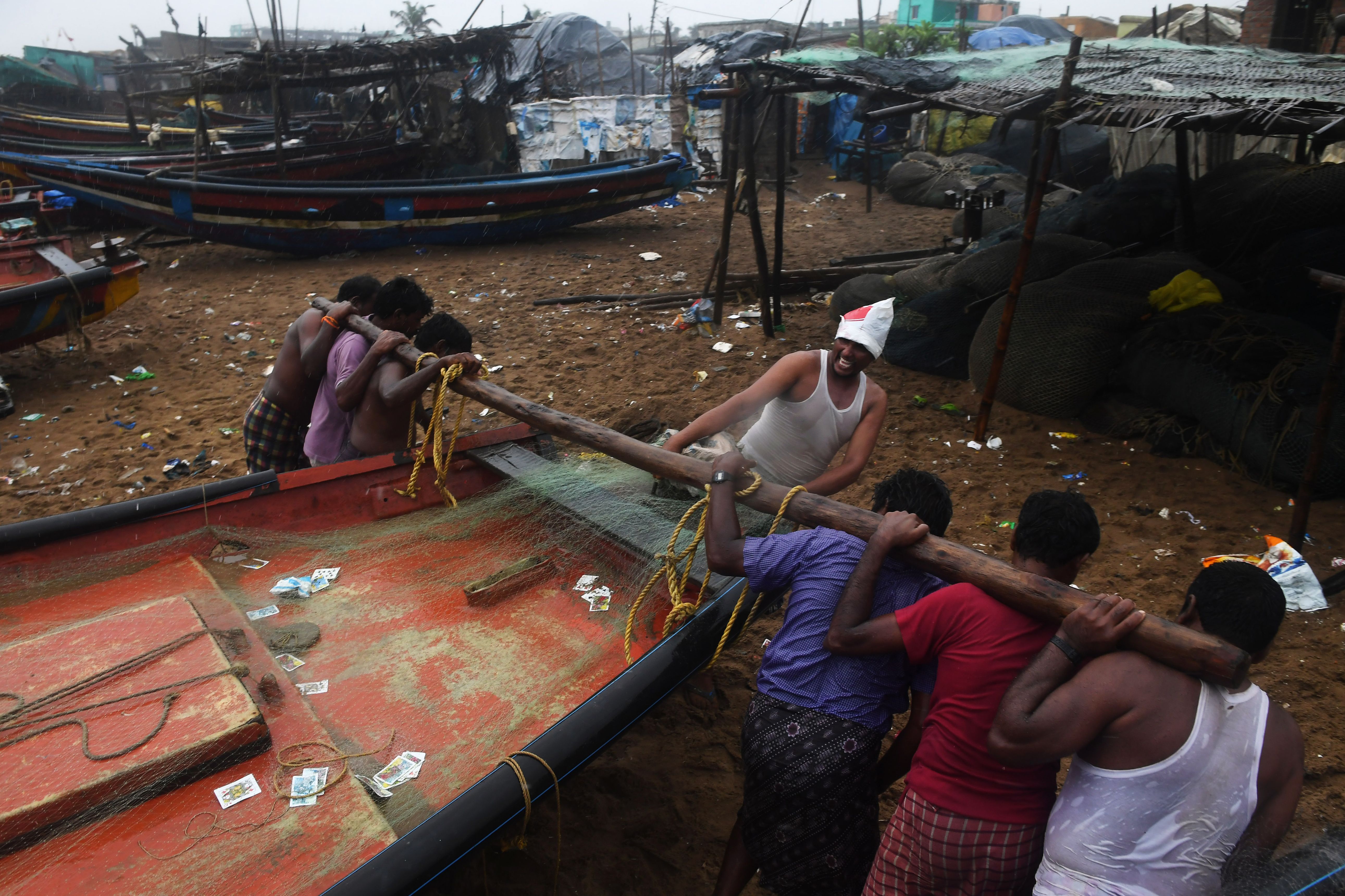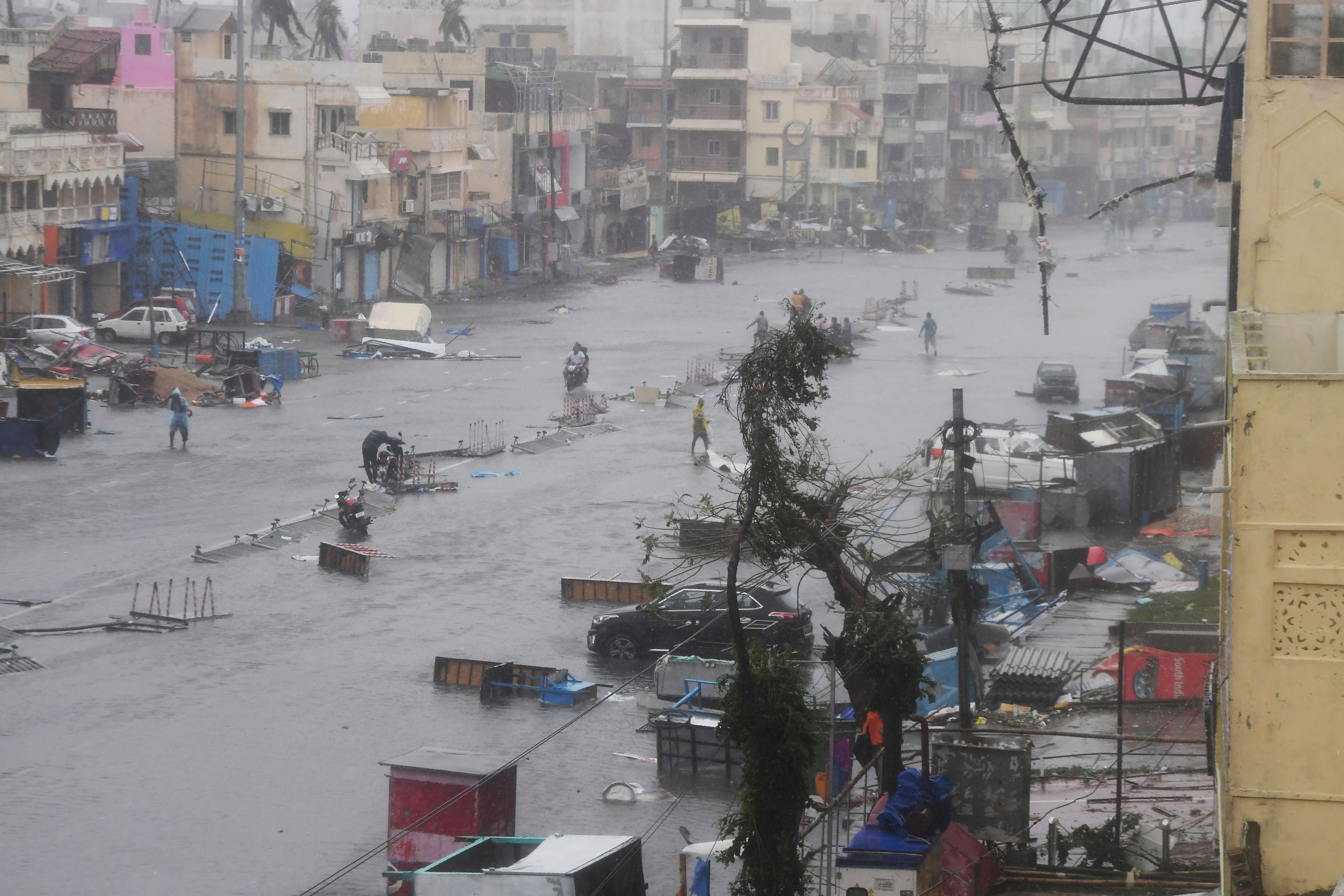Cyclone Fani made landfall near Puri, India, on Friday morning and was over coastal Odisha within hours.
The classification of storm severity is determined by the India Meteorological Department based on the generated maximum sustained wind speed, according to India Today, and was downgraded from an “extremely severe” storm to a “very severe” storm on Friday, CNN reports, weakening as it has traveled. Still, the cyclone has ushered in wind gusts exceeding 120 miles per hour.
Tens of millions of people are potentially in the cyclone’s path, according to the New York Times. Relief efforts began on Friday, but delivery was impeded by damage from the storm, which included roadways obstructed by fallen trees.
The full impact of the storm is still unknown. There are currently reports of deaths, but many remain unverified. In addition, the storm has caused severe damage to infrastructure, especially homes, in Puri and other areas in its path.
Aid agencies are concerned about the storm’s impact on Rohingya refugees, who are now living in makeshift settlements in the low-lying area of Cox’s Bazaar in Bangladesh, after escaping persecution in Myanmar. “The concentration of the one million displaced Rohingya people in Cox’s Bazaar is now among the densest in the world and, even if the region is not hit directly, the impacts of Cyclone Fani will create havoc,” Zia Choudary, the country director of CARE Bangladesh, told the New York Times.
Timing and strength make Cyclone Fani different from India’s other tropical cyclones, reports India Today. Normally, severe tropical cyclones impact India in the post-monsoon season, which runs from roughly October through December. The storm is also particularly damaging because of the strength it accrued while moving over the ocean for 10 days before making landfall.
Climate change has exacerbated extreme whether events like India’s Cyclone Fani. According to the 2014 National Climate Assessment, warming of the Earth will make extreme weather events increase both in frequency and intensity, including heatwaves, floods—and hurricanes.


(Photo: Dibyangshu Sarkar/AFP/Getty Images)

(Photo: Dibyangshu Sarkar/AFP/Getty Images)

(Photo: Dibyangshu Sarkar/AFP/Getty Images)

(Photo: Dibyanshu Sarkar/AFP/Getty Images)

(Photo: Dibyanshu Sarkar/AFP/Getty Images)





